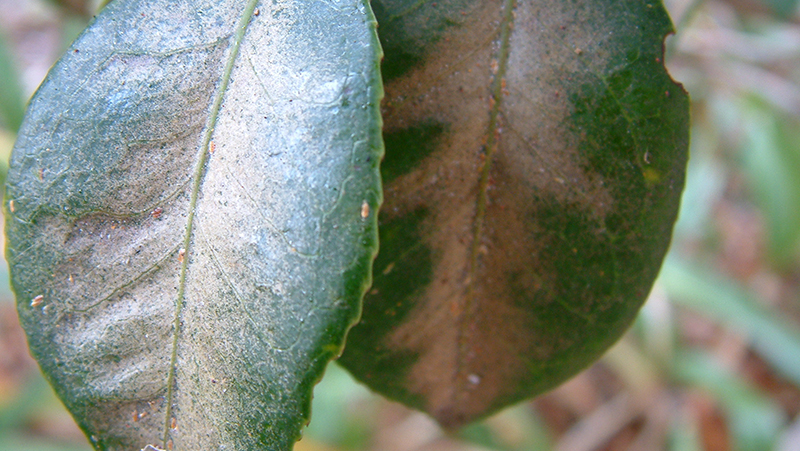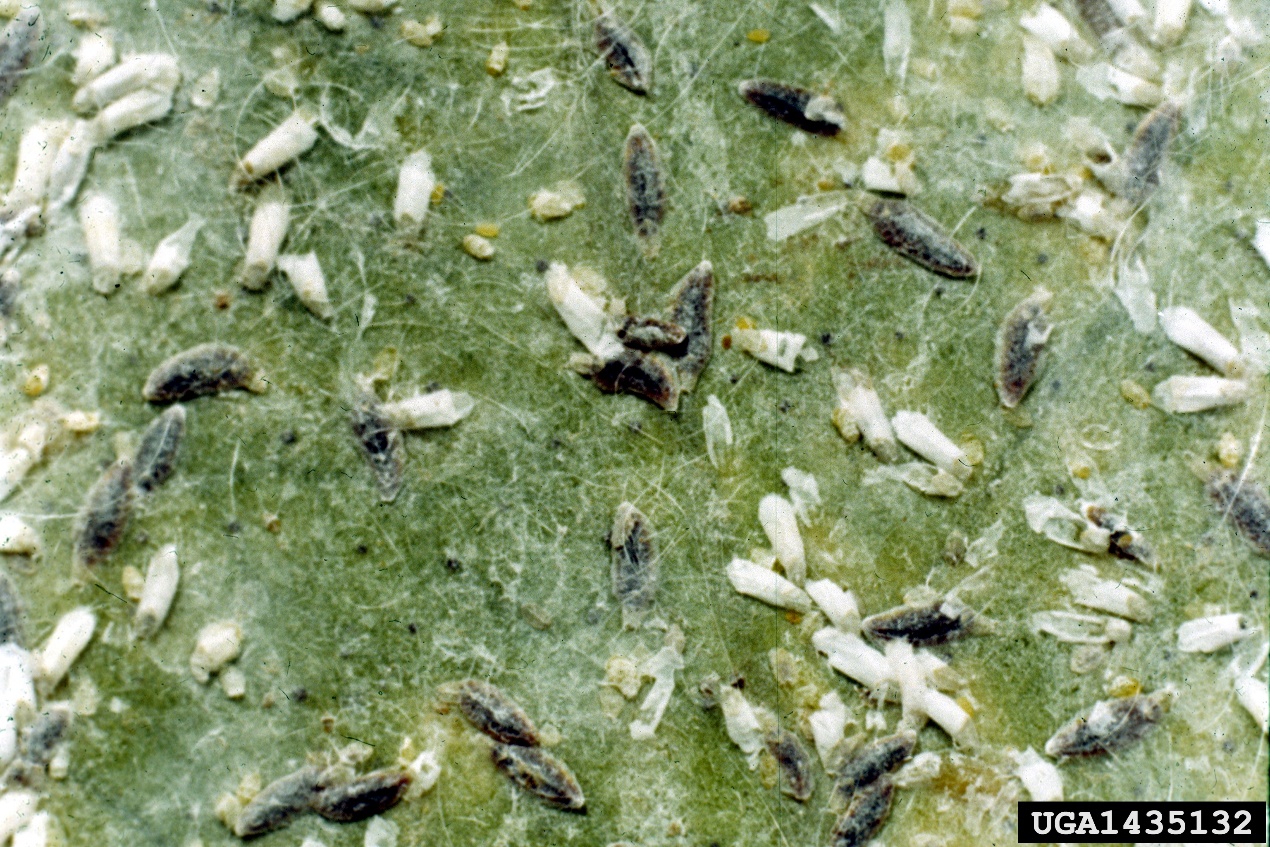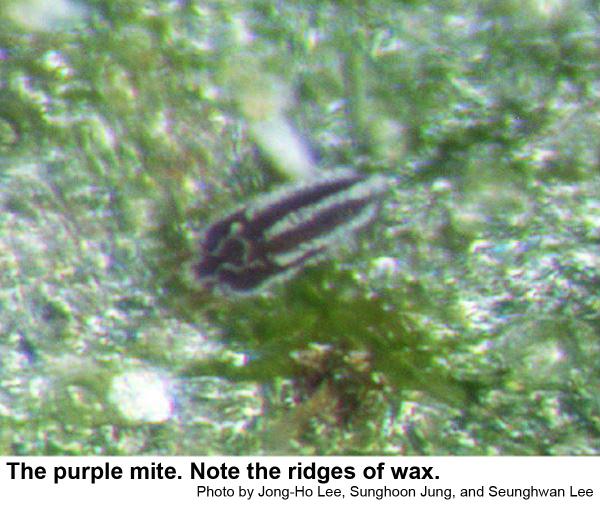Camellia Tea Mite Control

These sprays should be heavily applied to the undersides of leaves.
Camellia tea mite control. Two applications 10 days apart should be sufficient. Look for signs of spider mite damage including speckled silvery leaves webbing or leaves that fall off the camellia. Chemical control of mite has become nearly useless due to chemical resistance of the mite. Male tea scales are white.
For hard to reach areas of the plant spraying homemade horticultural oil will eventually kill the. Two spotted mite also known as red spider mite may choose camellias as a host over the hotter months. Severe infestations can kill a camellia but usually the result is just a sickly looking camellia that doesn t grow well. Also known as the ribbed tea mite it s a pest of the tea plant camellia sinensis and ornamental camellias.
Beneficial insects help control tea scale small parasitic wasps convergent lady beetles green lacewings and spiders. Foliage develops a bronze discolouration down the central midrib of the leaf. Prune off affected growth and put it in the rubbish bin. Mites like dry conditions so hose your plants to increase humidity.
3 spray your camellia with strong jets of water regularly to knock spider. Do a thorough job when you are spraying in order to control of the mites. The effects of camellia tea mite can be noticed in the cooler months when a bronze discolouration develops on the foliage. Several spray mixtures are recommended for the control of tea scale.
Apply seaweed solution as a foliar spray and treat with natrasoap or other miticide. You ll probably want to spray the camellias to get rid of the mites when they become a problem. The best time to spray is in the spring after the plants have finished blooming and the danger of cold weather has passed. You can spray with oil emulsion sprays in the spring and fall.
Left unchecked bronzing envelopes the entire leaf and poor growth and reduced flowering result. Heavy tea scales infestations may require 2 3 years for control. Mites don t kill your shrubs but they can reduce their beauty. Preserve these natural enemies by using oil sprays instead of traditional insecticides and only spraying when absolutely necessary.
A toothbrush dipped in soapy water or rubbing alcohol is also effective for removing scales. Systemic insecticides such as acephate and imidacloprid will kill scales but what if you d like a more natural solution.










































